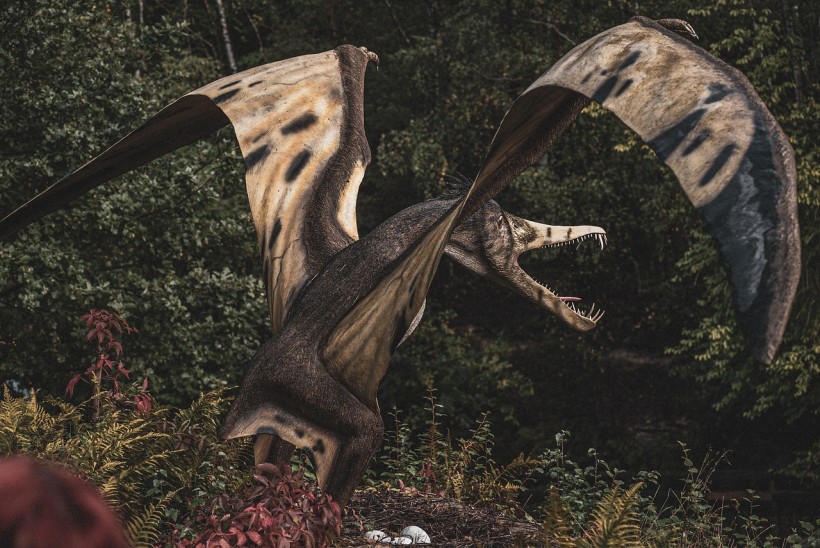A bizarre birdlike and pheasant-sized dinosaur used to dwell in southeastern China around 148 to 150 million years ago. The birdlike dinosaur's fossils suggest that it could have been a fast runner or that it may have had a lifestyle similar to a wading bird.
Long-Legged Birdlike Dinosaur Fossils Unearthed
Last Wednesday, scientists revealed that they were able to retrieve dinosaur fossils from the Jurassic Period. The fossil was found last October and is relatively complete. However, it lacks some foot parts and its animal skull. Because of this, determining its lifestyle and diet is quite difficult.
The researchers have named the creature Fujianvenator prodigiosus, which offers insight regarding the vital evolutionary stage of bird origins.
Given the creature's unique skeletal mixture of features, its classification should depend on how a bird should be defined. This was brought up by Min Wang, who is a paleontologist from the Chinese Academy of Science's Institute of Vertebrate Paleontology and Paleoanthropology and who led the study.
Wang also described the creature as "bizarre" and also noted that it is strikingly different from any birds alive at present.
Interestingly, the creature also has a similar appearance with the Archaeopteryx, aside from its strikingly long legs. Wang comments that the Fujianvenator is extremely long-legged.
Fujianvenator's Avialan Classification
Wang and the team discovered that the creature fell under one of the earliest known avialans, which is a group that separated from dinosaurs and ended up becoming birds.
While the earliest avialans are key to the origin story of birds, only little is known about these creatures due to the minimal diversity of retrieved fossils.
Other early avialans that have been discovered were mostly short-limbed. They were quite equipped to travel through trees.
Moreover, almost all known avialan theropods also have feathers. Hence, it would not come as a surprise if the Fujianvenator also had feathers of its own, though these were not preserved with the fossil.
Considering the Fujianvenator's unique long-leg anatomy, the researchers proposed that the creature had two possible lifestyles. The Fujianvenator could have been a fast runner or wader in environments that were swampy, though Wang leans toward the fast-runner theory.
A Wide Gap in Bird History
Paleontologist Zhonghe Zhou from the Institute of Vertebrate Paleontology and Paleoanthropology, who is also a co-author of the study, explains that Fujianvenator could represent an interesting evidence piece that depicts the wide birdlike dinosaur distribution at nearly identical periods and that hold similar habitats with their descendant birds.
The earlier origins of birds remain quite mysterious because of fossil scarcity. After the toothed and crow-sized Archaeopteryx, there was a roughly 20-million-year canyon before the next avian creatures showed up within the fossil record.
With this, Zhou stresses the great gap between the oldest and second-oldest known birds.
RELATED ARTICLE: Time Capsule of Poop? 2,200-Year-Old Bird Guano Pile Reveals History, Adaptability of Andean Condor Species
Check out more news and information on Paleontology in Science Times.















